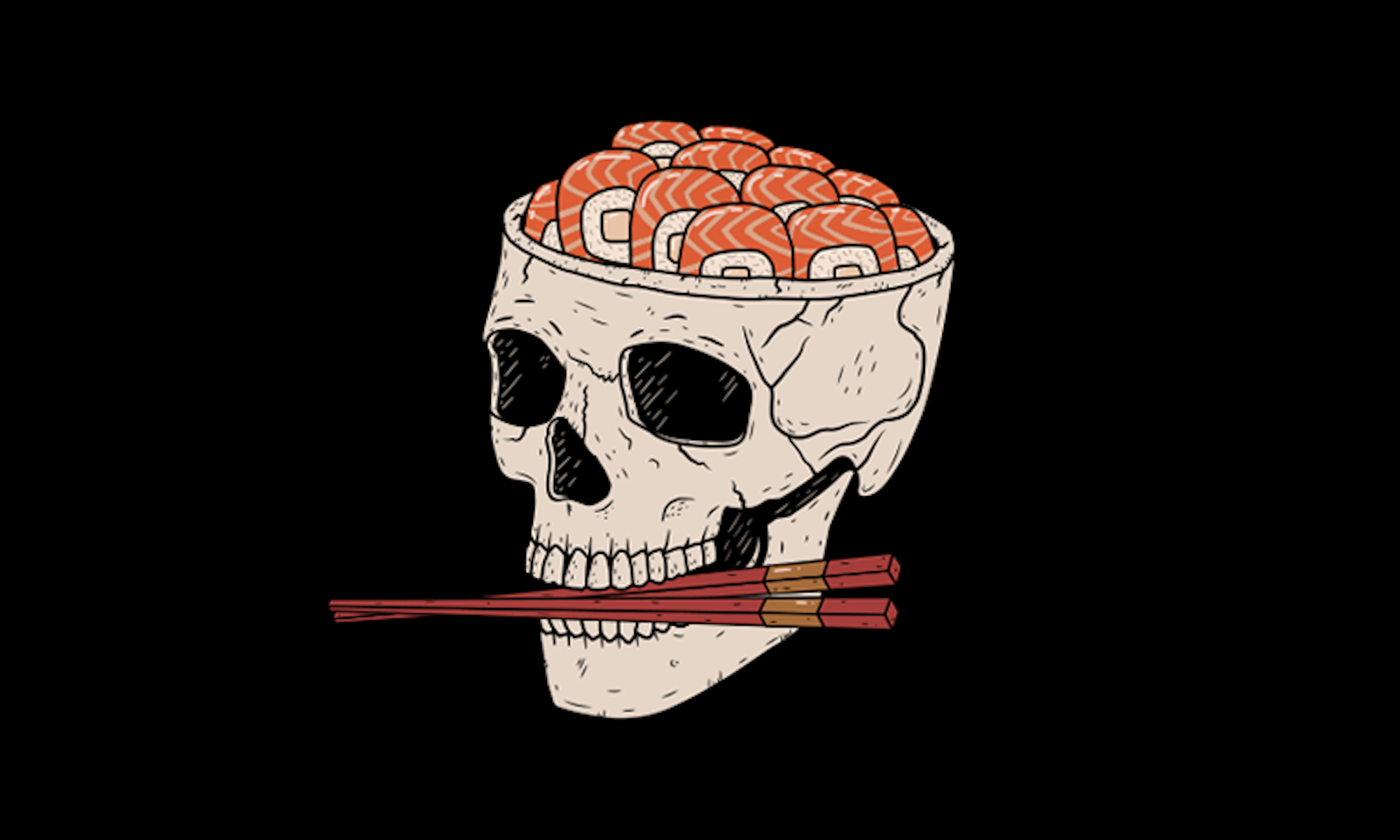When she was researching her dissertation, Hyejeong Lee, a Ph.D. student at the Norwegian University of Science and Technology, spent months buying sushi at local grocery stores. But rather than eat it, Lee, who studies microbiology and food safety, subjected the fish to experiments. She sliced off little bits, chopped them up, and mixed them into a nutrient-rich broth called a peptone solution. Then she seeded the brew on agar plates, a medium used to grow bacterial cultures in the lab.
As she and her advisor Anita Nordeng Jakobsen expected, the agar plates soon grew little yellowish patches—colonies of Aeromonas, bacteria commonly found in raw fish, water, and soil. As sushi has become a favorite food staple in Norway, the scientists wanted to know whether raw fish poses any threats to public health, says Jakobsen, who studies applied food microbiology. Aeromonas aren’t the most perilous of pathogens—they don’t typically afflict people with healthy immune systems. They can, however, sicken the elderly and those with immune deficiencies, causing diarrhea and wound infections. But even more concerning to the scientists was the fact that Aeromonas can easily trade their genetic material with other bacteria present in the environment—and in that process acquire some genes that can make them far more dangerous.
When Lee and Jakobsen sequenced their freshly grown Aeromonas, they found that some were carrying a plasmid—a snippet of genetic code that bacteria use for such genetic trading—that contained antibiotic-resistant genes. They published these findings recently in Frontiers in Microbiology. Other research had already suggested that at least some of these Aeromonas bacteria transfer genes more efficiently than others. “There are 36 species of Aeromonas,” says Lee. “So it really depends on the strain and specific species.”
Bacteria in your sushi can travel from plates to hands to clothes, and beyond.
The World Health Organization has named antimicrobial resistance one of the top 10 global public-health threats facing humanity. It’s estimated that drug-resistant infections contributed about 4.95 million deaths globally in 2019. Another estimate predicts that this death toll may reach 10 million annually by 2050. So the fact that one’s sushi dinner may contain bacteria carrying antibiotic-resistant genes is concerning, says Jacobsen. Even if these antibiotic-resistant bacteria don’t make the sushi-eater sick right then and there, they still pose a threat to public health, as they can travel from plates to hands to clothes, and beyond. And when they do cause illness, they make an infection much more difficult—and sometimes impossible—to treat. So as these resistant microbes percolate through human environments, they may sicken vulnerable people—or trade their resistance genes with more aggressive pathogens, making them more dangerous or deadly.
It wasn’t the first time that Jakobsen’s team put sushi under the microscope. In a 2019 study, they found peculiar land-based sources of Aeromonas: the spring onions which are rolled into some sushi dishes in Norway. Since these vegetables are served uncooked, they can harbor Aeromonas from the soil. “Aeromonas are present everywhere, in the water but also in soil,” she says.
Today, many consumers seek out raw foods, unaltered by chemicals or cooking—in part because they believe raw “natural” food is better for one’s health, a message that has drawn significant media attention but is not so far supported by scientific evidence. (Certain kinds of ultra-processed packaged foods have been associated with disease and obesity, however.)
“Many people now want less preserved food. They want natural food, which is seen as healthier and better for us,” says Jakobsen. The downside is an increased risk of microbial contamination. But natural “barriers” can curb bacteria from proliferating without using unhealthy chemicals. For example, the team found that when raw fish slices are placed atop vinegar rice—the type of rice normally served with sushi—the bacteria grow more slowly, because they don’t like the acidic environment. And of course, the longer a packed sushi lunch sits on the shelf, the more time these bacteria have to grow.
The solution is not necessarily to give up one’s favorite raw fish meal, says Jakobsen, who is a sushi lover and isn’t planning to stop enjoying it. But the finding adds flavor to the antibiotic resistance crisis. It amounts to an extra warning, says Lee. “We use so much antibiotics in food production, aquaculture, and livestock.” Now that she sees how the food chain can transmit bacteria and their genes, Lee says, one big thing we must do is to clean up our food supply. “We really need to build sustainable food-production systems.” ![]()
Lead image: Vladyslav Severyn / Shutterstock




























